Astro Pi Mission Space Lab 2021/22: The results
It’s been an incredible year for the European Astro Pi Challenge. We’ve sent new hardware into space, seen record numbers of young people participate in the Challenge, and received lots of fantastic programs. Before we say goodbye to the 2021/22 European Astro Pi Challenge, the Raspberry Pi Foundation and the European Space Agency are thrilled to announce this year’s winning and highly commended Mission Space Lab teams.
What is Mission Space Lab?
In Mission Space Lab, teams of young people aged up to 19 work together to create scientific experiments to be carried out on the International Space Station. Their mission is to design and create a program to run on the two Astro Pi computers — space-adapted Raspberry Pis with cameras and a range of sensors.
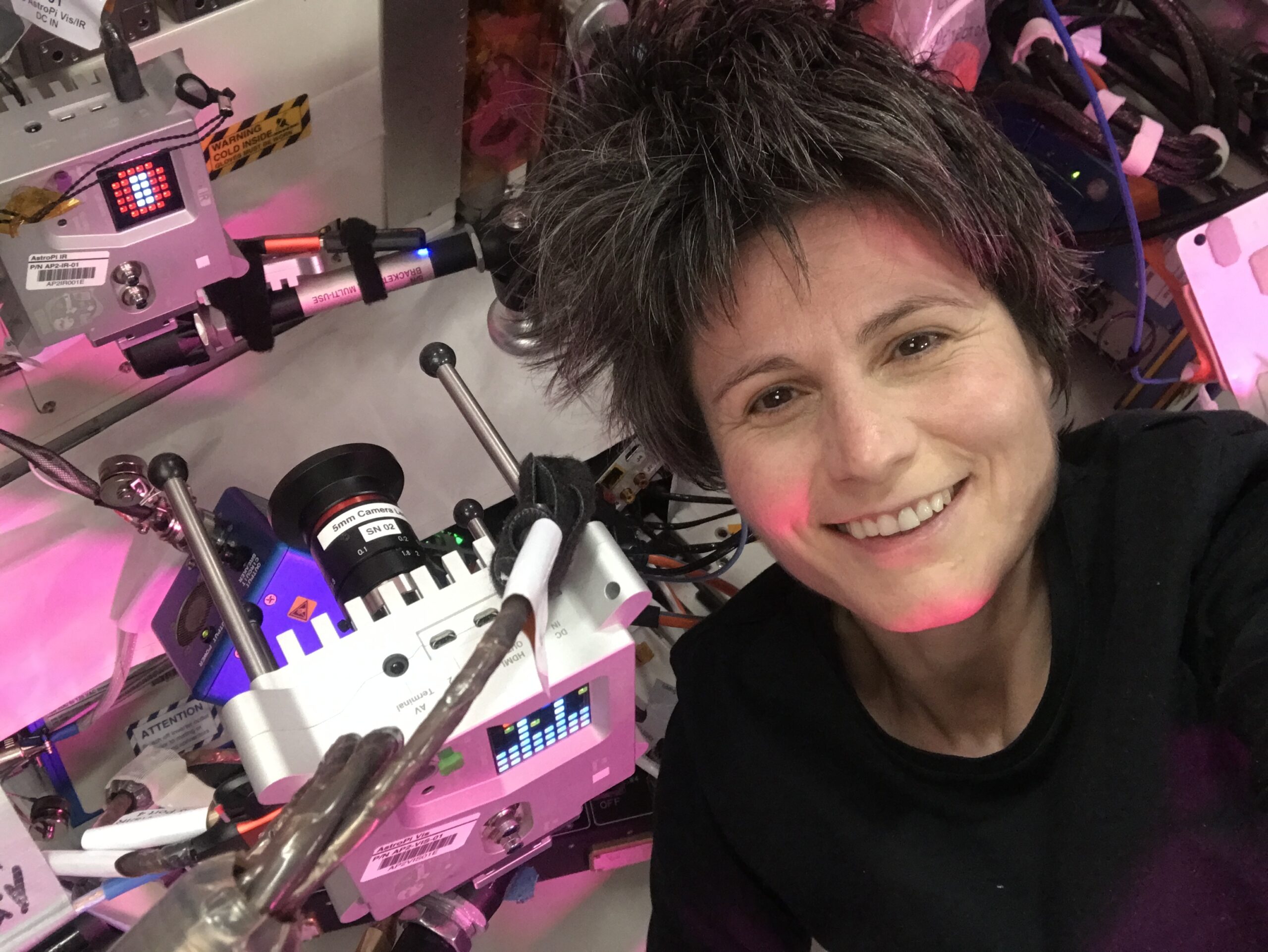
Credit: ESA/NASA
This year, 799 teams of young people designed experiments and entered Mission Space Lab and 502 of these teams were invited to Phase 2, which is 25% more than last year! The teams each received an Astro Pi kit to write and test their programs on and 299 teams submitted programs that passed rigorous testing at Astro Pi Mission Control and achieved ‘flight status’.
After their program collected data during the experiment’s three-hour runtime on the ISS, each team analysed the results and wrote a short report to describe their experiment.
We were especially excited to see what experiments young people would investigate this year, as their programs would be the first to run on the brand-new Astro Pi units, which were named after Nikola Tesla and Marie Curie by participants in this year’s Mission Zero.
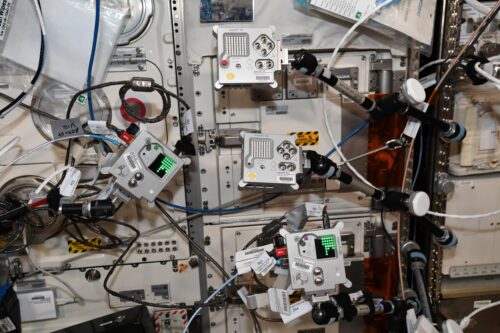
Credit: ESA/NASA
Let’s take a look at the teams’ investigations for Mission Space Lab 2021/22!
Clouds, volcanos, and seaweed rafts
In this year’s Challenge, the environment and climate change was a strong theme among the 205 team experiment reports. Several teams investigated topics such as changing water levels, wildfires, and the effect of different clouds and aeroplane contrails on global warming.
Team Seekers from Itis Delpozzo Cuneo in Italy and Team Adastra from St Paul’s Girls’ School in the UK made observations about reduction of water levels in the Aral Sea, located between Kazakhstan and Uzbekistan.

“We have gained skills with data research and machine learning, in relation to scientific experiments, which will hopefully give us a basis to move into more complex projects with machine learning.”
Team Adastra
Team St Marks from Saint Marks Church of England School in the UK calculated NDVI (normalised difference vegetation index) for images they had captured to look for macroplastics in the ocean. This is a technique for identifying vegetation from images. The team used it to search for the rafts of sargassum seaweed that form around plastics floating on the water. They were lucky enough to successfully photograph and identify several seaweed rafts during their three hour experiment time.
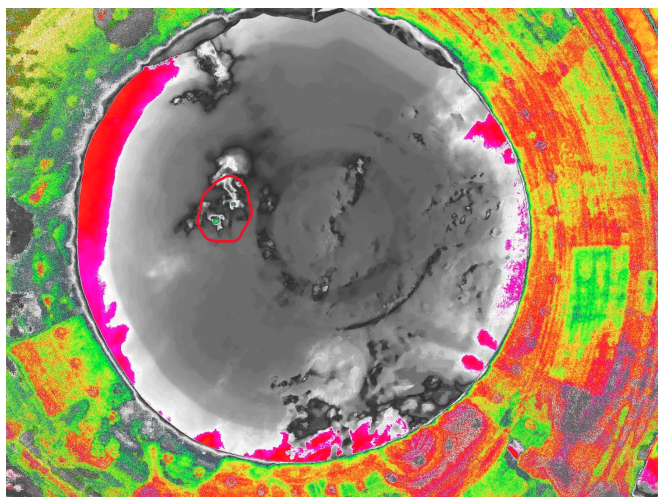
Team Nanokids from the UK used the Coral machine learning accelerator to analyse images of clouds in real time. Collecting this data could be used to warn aircraft of the risk of turbulence, predict weather, and detect pollution. The team reported that they “learned a lot about the various different cloud types, their characteristics and their different effects, as well as how to create a simple ML model with Teachable Machine, which will help us in future projects.”
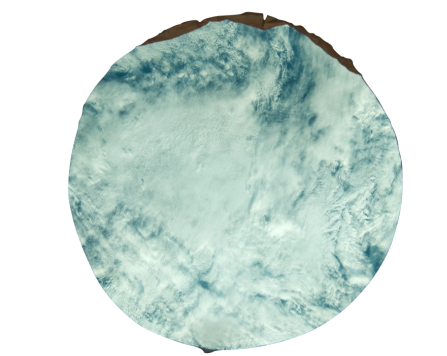
Team Centauri from Diverbot in Spain were inspired by the influence of high altitude cloud vapour on the Greenhouse Effect to calculate the height of clouds from images taken by the Raspberry Pi High Quality Camera. They identified the potential to scale-up their experiment, in order to analyse hundreds or thousands of images of clouds and calculate their impact on the temperature of the Earth.
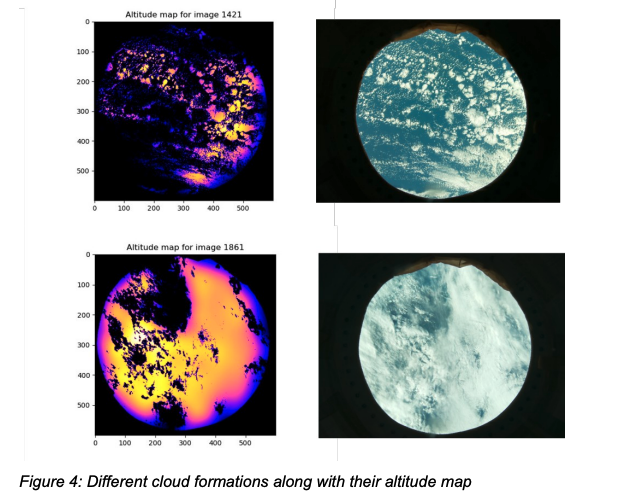
We also saw lots of experiment reports about volcanoes. Team Six Sense from Escola Secundária Inês de Castro in Portugal ran an experiment inspired by the La Palma volcano, which erupted in September 2021. The team’s experiment captured images of a volcano in Fogo Island, Cape Verde.
Team LandISS from Liceo Scientifico “A. Landi” in Italy captured an extraordinary image of emissions from the Popocatépetl volcano in Mexico, which reactivated in 1994 and has been producing powerful explosions at irregular intervals ever since.
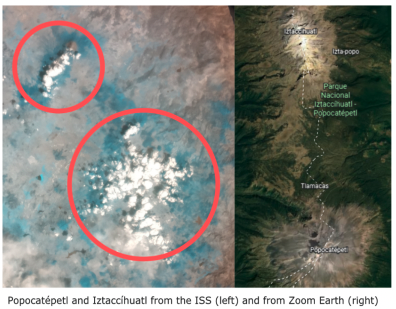
Team DuoDo from Liceul Teoretic Tudor Vianu in Romania investigated if there had been changes to vegetation health on the Earth since the pandemic, by comparing NDVI calculations from their data. The judges were especially impressed with how they reported their analysis and results.
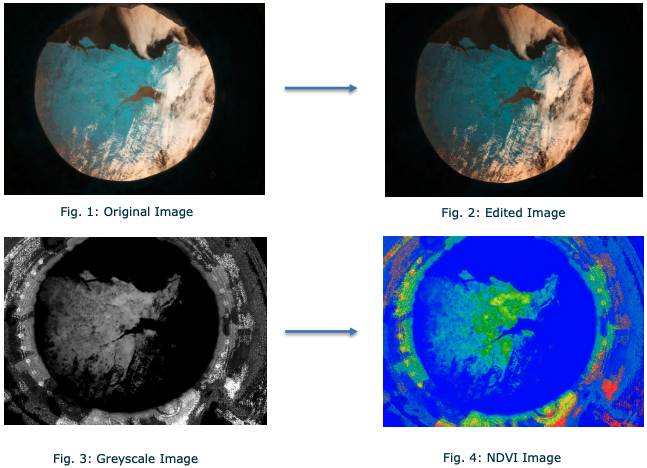
Team Atlantes from Niubit in Spain wanted to build a bridge between the real and virtual world by visualising their NDVI calculations as a three dimensional Minecraft video game. Check out how they did this and some of their results in their video.
Team Rocha21, from IES José Frugoni Pérez in the Canary Islands, also explored different ways to communicate and share their data. They used sonoUno (software originally developed to sonify astronomical data) and online Braille translators to design tactile diagrams in order to explore their Life on Earth photographs and NDVI data, working in collaboration with six visually-impaired students.
Up in space
Some of this year’s Mission Space Lab teams chose to conduct their experiments about life on the ISS. We saw experiments to investigate the possibility for growing fungi as space crops (Team NGC224 from CoderDojo Perugia in Italy) and the effect of temperature and pressure on the human body on Earth and in space (Team CDV-CDI2 from CoderDojo Votanikos in Greece, in collaboration with CoderDojo Iraq).
Team Hyperion from JVS Hyperion in Belgium investigated the effect of the sun on the Earth’s magnetic field, comparing data collected during daytime and nighttime as the ISS orbited Earth.
Not only did we get to see this year’s experiments, but we also had a chance to hear them! Sound and music was very popular among the Mission Space Lab teams.
Team Cuza3 from Colegiul National ”Alexandru Ioan Cuza” in Romania, made “The Ballad of Pressure” by attributing notes to pressure data from the ISS. Team Alessi Pi from Liceo Scientifico “G.Alessi” in Italy made a melody by mapping data to a music scale with other sensor readings mapped to additional instruments.
Team Gubbins, from Hyvinkään Lukio in Finland, measured magnetic flux density to determine the strength of the Earth’s magnetic field, using the Astro Pi magnetometer, which they sonified and used to make a music video.
And the winning teams are…
The judges from ESA and the Raspberry Pi Foundation took on the huge task of reviewing all the reports to consider scientific merit, experiment design and methodology, data analysis, report quality, and innovative use of the Astro Pi hardware.
The ten winning teams come from coding clubs and schools from France, Italy, Greece, Spain, Romania, and the United Kingdom and will each receive cool space swag.
Winning teams
| Team | Project | Organisation | Country |
| AdAstra | Life on Earth | St Paul’s Girls’ School | United Kingdom |
| Asterix | Life on Earth | Household | France |
| Atlantes | Life on Earth | Niubit | Spain |
| BetFrac | Life on Earth | Escoles Betlem | Spain |
| Centauri | Life on Earth | Diverbot | Spain |
| DoDuo | Life on Earth | Liceul Teoretic Tudor Vianu | Romania |
| DSpi | Life on Earth | PEKTPE Grevenon | Greece |
| GreenPi | Life in Space | IESS European High School | Italy |
| NanoKids | Life on Earth | Household | United Kingdom |
| RedsTeam | Life in Space | Household | Italy |
Highly commended teams
| Team | Project | Organisation | Country |
| CDV-CDI | Life on Earth | CoderDojo Votanikos and CoderDojo Iraq | Greece |
| CorMat | Life on Earth | Sint-Jan Berchmanscollege | Belgium |
| ISF | Life in Space | Luxembourg Tech School | Luxembourg |
| LAZOS22 | Life on Earth | Aux Lazaristes La Salle | France |
| Pithons | Life on Earth | The Perse School | United Kingdom |
| Rocha21 | Life on Earth | IES José Frugoni Pérez | Spain |
Click each team name to read their experiment report.
Every Astro Pi team that reached Phase 3 of Mission Space Lab will receive a certificate signed by ESA astronaut Samantha Cristoforetti to show family and friends that they have had a scientific experiment run on the ISS!
The winning and highly commended teams will be invited to an online Q&A with an ESA astronaut in the autumn. Look out for more information about this soon!
Congratulations Mission Space Lab teams 2021/22
Everyone from the Raspberry Pi Foundation and ESA Education teams congratulates this year’s Mission Space Lab participants — we hope you found it as fun and inspiring as we did!
Thank you to everyone who has been involved in Mission Zero and Mission Space Lab as part of this year’s Challenge. It has been incredible to have 28,126 young people from 26 countries run their programs in space! We can’t wait to do it all again.
When will the 2022/23 European Astro Pi Challenge lift off?
Mission Zero and Mission Space Lab relaunch in September 2022!
If you know a young person who would be interested in the Challenge, sign up for the newsletter on astro-pi.org and follow the Astro Pi Twitter account for all the latest announcements.
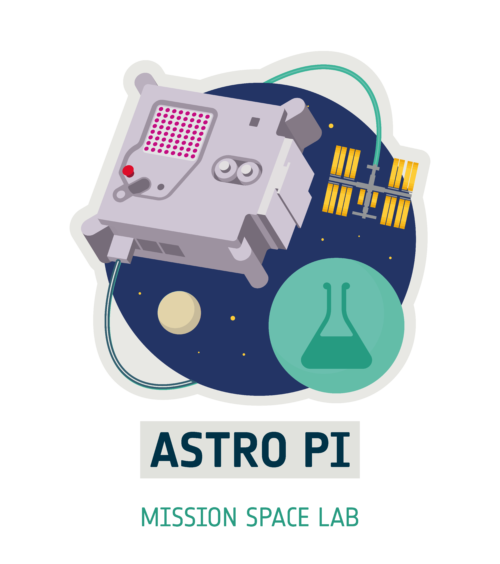

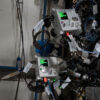
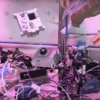
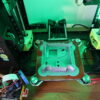
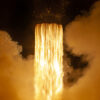
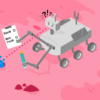
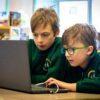
4 comments
Lorenzo Truffa Giachet
Hello.
It’s really amazing so many young people having the possibility to get data from space and use it for extraordinary findings. I have read the winning reports and on September I will share with the students. Can’t wait for 2022/2023 challenge edition.
I can’t miss, however, to notice that Adastra report has not the required ‘Learnings’ section; but that’s okay, in my personal view, learnings need no sections on reports to actually occur (and the report has a few lines about learnings in the ‘Conclusions’ section).
So, what more? Great and lovely experience, some rest during summer and ready to go for new edition!
Thank you very much for the support all through the challenge and see you soon.
Sam Duffy — post author
Hi Lorenzo, thank you for your kind comments! The Learnings section was new this year, and introduced to the Report Template after the 21/22 Mission Space Lab Challenge was launched. So just for this first time, we took learnings into account in the judging, even if they weren’t in a separate section. We look forward to seeing you in next year’s Mission Space Lab Challenge.
Eduardo Moreno
Congratulations to all the winners and also to all the participants for spreading the spirit of science among the younger generations. And thanks to ESA for making this possible.
Tej
Wow!! that’s really amazing and congratulations to all the winning teams. It’s really something out of the box, plus its very encouraging and its influence towards young generation is good.